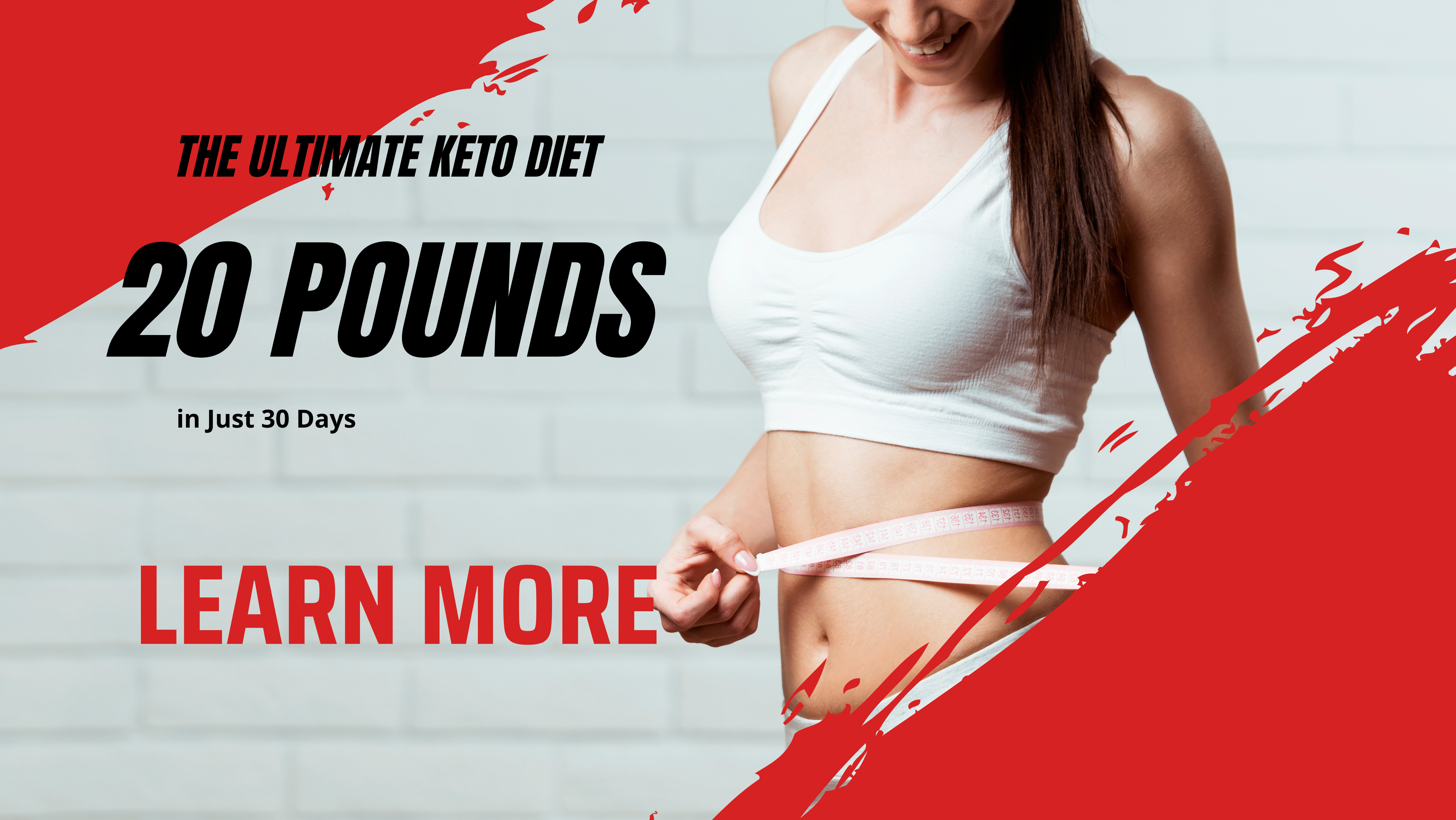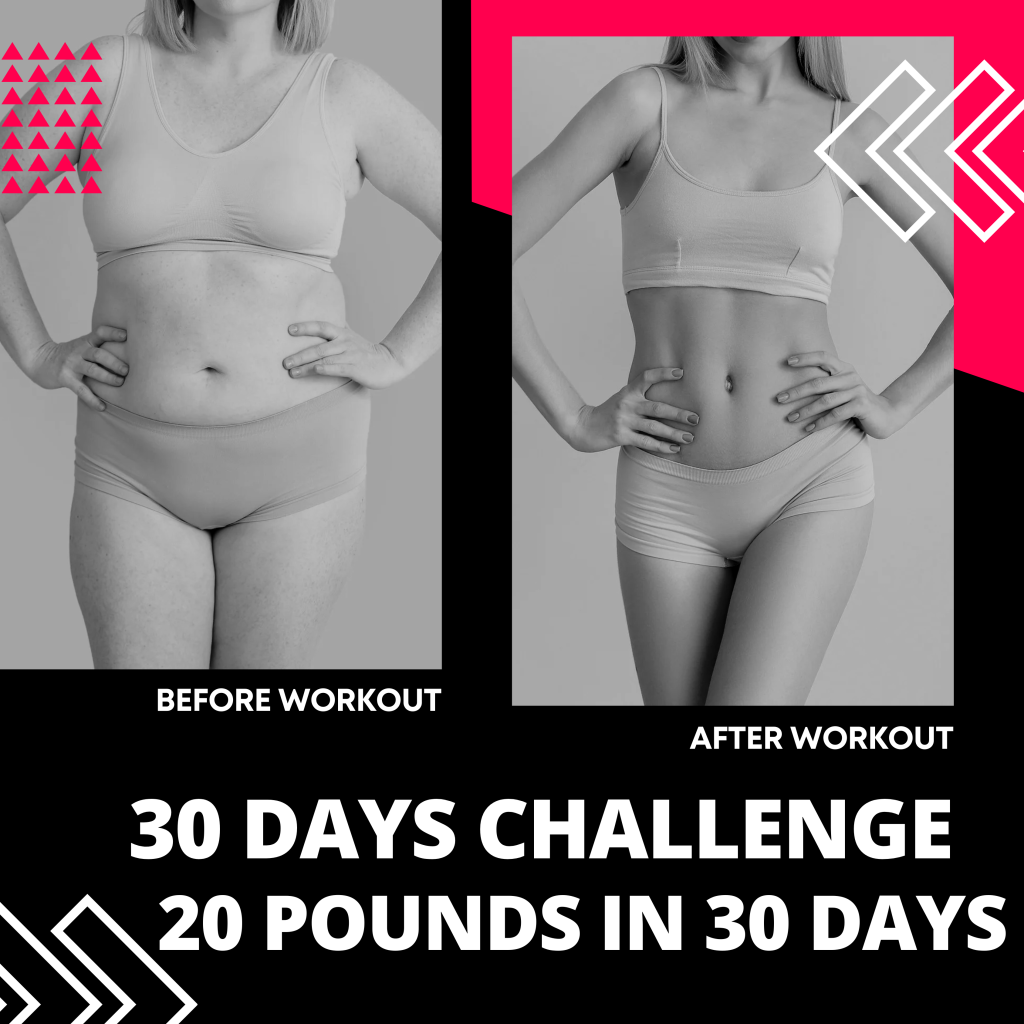

The ketogenic diet, commonly known as the keto diet, has gained immense popularity in the health and fitness industry in recent years. This high-fat, low-carb diet has been touted for its weight loss benefits, increased energy levels, and improved mental clarity. However, when it comes to incorporating fitness into a keto lifestyle, many people are left wondering how to fuel their workouts effectively.
One of the main concerns for those following a ketogenic diet is ensuring they have enough energy to power through their workouts without consuming a significant amount of carbohydrates. While carbohydrates are typically the body’s primary source of energy during exercise, ketogenic dieters rely on fat for fuel. This means they need to find alternative ways to support their energy needs during workouts.
One key strategy to fueling workouts on a low-carb diet is to incorporate healthy fats into your pre-workout snacks and meals. Avocado, nuts, seeds, and olive oil are all excellent sources of healthy fats that can provide a sustained source of energy during exercise. Coconut oil is another popular option for ketogenic dieters as it contains medium-chain triglycerides (MCTs) that can be quickly converted into energy by the body.
In addition to healthy fats, it’s important to ensure you’re consuming an adequate amount of protein to support muscle growth and repair after workouts. Protein-rich foods such as meat, poultry, fish, and eggs can help to preserve lean muscle mass and prevent muscle breakdown during exercise.
Timing is also key when it comes to fueling your workouts on a low-carb diet. Consuming a small portion of protein and healthy fats around 30 minutes to an hour before exercising can help provide a boost of energy without causing digestive discomfort. Following your workout, it’s important to refuel with a balanced meal containing protein, healthy fats, and a moderate amount of carbohydrates to replenish glycogen stores and support recovery.
Additionally, staying hydrated is crucial for maintaining energy levels and performance during workouts. Drinking water throughout the day and sipping on an electrolyte-enhanced beverage during intense exercise can help prevent dehydration and support optimal performance.
Ultimately, finding the right balance of nutrients to fuel your workouts on a low-carb diet may require some trial and error. Listening to your body’s signals, paying attention to how you feel during and after exercise, and making adjustments as needed can help you optimize your fitness routine while following a ketogenic diet.
In conclusion, fueling your workouts on a low-carb diet doesn’t have to be complicated. By incorporating healthy fats, protein, and proper timing into your pre- and post-workout nutrition, you can support your energy needs, maintain muscle mass, and enhance your performance in the gym. With a little planning and experimentation, you can successfully combine the benefits of the ketogenic diet with a regular exercise routine to achieve your health and fitness goals.






